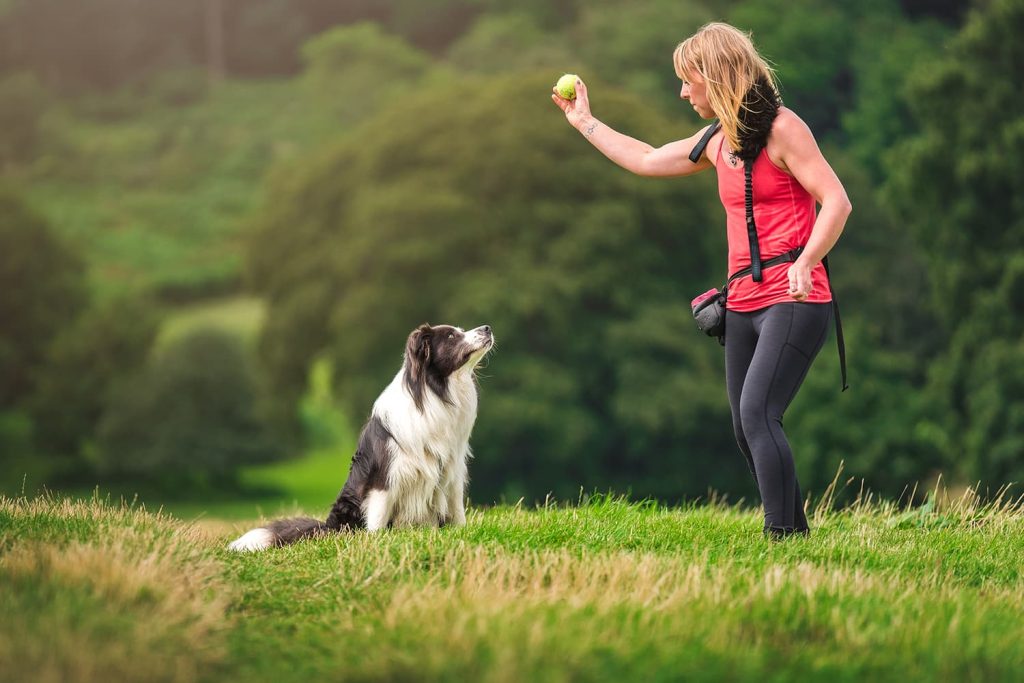Dog training can be an incredibly rewarding experience, both for you and your furry companion, as it not only fosters essential skills but also strengthens the bond between you. To make dog training fun and effective, start by understanding that dogs are social animals that thrive on positive interactions and engagement. Incorporate play into your training sessions; use toys, treats, and praise as rewards to motivate your dog and make learning enjoyable. Start with basic commands like sit, stay, and come, using a cheerful tone and enthusiastic body language to convey excitement. Breaking down these commands into small, manageable steps helps your dog grasp each concept without feeling overwhelmed. For instance, when teaching sit, hold a treat above your dog’s nose and slowly move it backward; as their head goes up, their bottom will naturally lower. Celebrate their success with praise and a treat, reinforcing the behavior positively.
Incorporate games into your training regimen, such as hide-and-seek or fetch, which not only provides physical exercise but also encourages your dog to use their problem-solving skills. Use agility courses or obstacle courses to challenge your dog’s physical and mental abilities while making the training process dynamic and exciting. Be creative in your training methods; consider incorporating clicker training, which uses a sound to mark desirable behaviors, followed by a reward, creating a clear connection between the action and the reward. It is crucial to maintain a relaxed and fun atmosphere during training. If either you or your dog becomes frustrated, take a break, play a game, or engage in a fun activity to reset the mood. This will help prevent negative associations with training center for dogs in Syracuse sessions and keep your dog eager to learn. Training should also incorporate socialization with other dogs and people, as this helps build confidence and encourages positive behaviors.

Arrange playdates with other dogs or visit dog parks where your dog can interact and learn proper social cues. Remember, the key to effective training is consistency; practice regularly, but keep sessions short to prevent boredom and fatigue. Aim for five to ten-minute sessions several times a day rather than one long session. Vary your routine to keep your dog engaged and excited about training. Use different locations, distractions, and types of exercises to challenge your dog and keep their attention. Furthermore, training is not solely about obedience; it is also an opportunity for you and your dog to develop a deeper understanding of each other. Pay attention to your dog’s body language and energy levels, and adjust your training accordingly. If your dog is particularly energetic, incorporate more physical activities into your training, like retrieving a toy or running alongside you as you jog.
